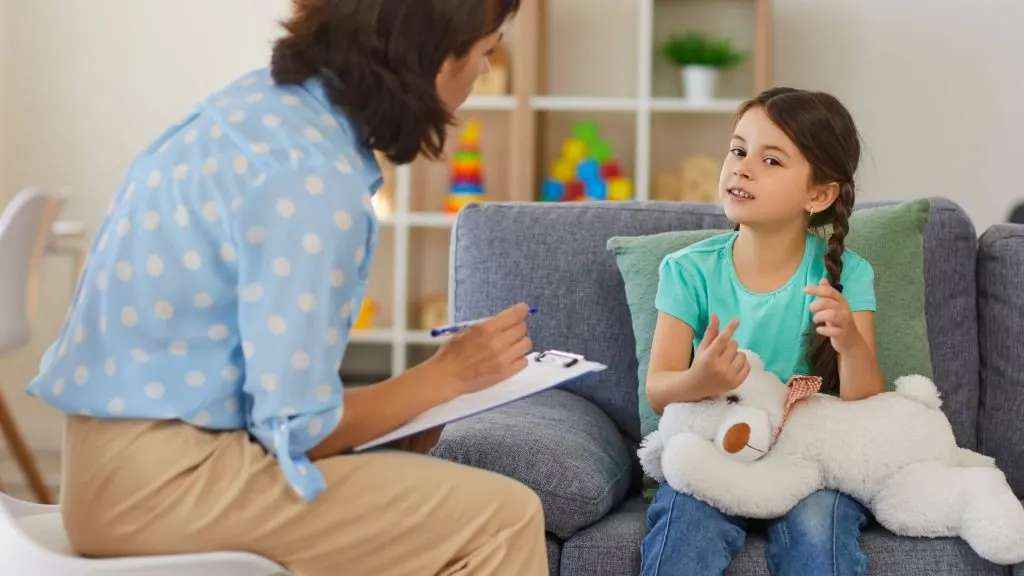A child’s development is a process that should be monitored closely. Unfortunately, many parents may not know that their child is struggling with a disorder until it becomes too difficult to handle. The three most common childhood disorders are ADHD, autism spectrum disorder, and learning disabilities. This blog post will provide information on each of these disorders and tips on how to help your child thrive.
3 Common Childhood Disorders

ADHD
Attention deficit/hyperactivity disorder (ADHD) is a neurodevelopmental disorder affecting children and adults. It is characterized by difficulty paying attention, impulsivity, and/or hyperactivity. According to the Centers for Disease Control and Prevention (CDC), about 11% of children aged four to 17 have been diagnosed with ADHD.
There is no one cause of ADHD, but it is believed to be caused by a combination of genetic and environmental factors. Some risk factors for developing ADHD include being born prematurely, exposure to toxins such as lead, or having a parent or sibling with the disorder.
How to help a child with ADHD
There is no one-size-fits-all approach to treating ADHD, but many evidence-based treatments can help. The most important thing you can do as a parent is to learn as much as possible about the disorder and work with your child’s healthcare team to create a plan that meets their individual needs.
Creating a tailored plan is necessary for every challenge they may encounter, such as learning difficulties. This condition can make it challenging for kids to stay focused, follow directions, and complete tasks, impacting their ability to absorb and retain information. By recognizing “how does ADHD affect children’s learning”, parents and educators can implement strategies such as breaking tasks into smaller, manageable steps and incorporating movement breaks to improve focus. Furthermore, clear and consistent communication between home and school ensures that a child with ADHD receives the support they need to thrive academically and socially.
Some children with ADHD may benefit from medication, while others may do well with behavioral therapy or a combination of both. It is essential to remember that every child is different, and what works for one may not work for another.

Autism spectrum disorder
Autism spectrum disorder (ASD) is a neurodevelopmental disorder that affects social interaction, communication, and behavior. According to the CDC, about one in 54 children have been diagnosed with ASD. ASD is believed to be caused by a combination of genetic and environmental factors. Therefore, there is no one cause of ASD, but it is believed to be caused by various genetic and environmental factors.
How to help a child with ASD
One of the most important things you can do is to provide support and understanding. It is also essential to provide structure, routine, and opportunities for social interaction. You can also seek out effective therapies and interventions for treating ASD. Visit trainingwheelsaba.com for more information.

Learning Disabilities
A learning disability is a neurological disorder that affects the way the brain processes information. People with learning disabilities have trouble reading, writing, and doing math. Many also have problems with attention, memory, and organization. Learning disabilities include dyslexia, dysgraphia, and dyscalculia.
There is no single cause of learning disabilities. Instead, they are believed to be caused by a combination of genetic and environmental factors. Some children are born with a predisposition to developing a learning disability. Other risk factors include premature birth, low birth weight, exposure to toxins during pregnancy, and certain infections during infancy.
How to help a child with learning disabilities
Most children with learning disabilities can be helped with early intervention and special education services. If your child is having difficulty in school, talk to their teacher or school counselor about getting them tested for a learning disability. With the proper support, most children with learning disabilities can succeed in school and lead happy and productive lives.

In conclusion, if you think your child may have a learning disability, don’t hesitate to seek help. Early intervention is key to helping children with learning disabilities reach their full potential.

Jessi is the creative mind behind The Coffee Mom, a popular blog that combines parenting advice, travel tips, and a love for all things Disney. As a trusted Disney influencer and passionate storyteller, Jessi’s authentic insights and relatable content resonate with readers worldwide.

How To Cope With Hyperactive Children — The Coffee Mom
Tuesday 29th of August 2023
[…] Many children exhibit lots of energy, which fuels their curiosity and the need to explore their surroundings. Upon a careful look, however, you will notice a sharp discrepancy in these activity levels among children. Some have unusually high levels, which is the subject of this discussion. There are about 6 million hyperactive children in the US, and they range from 3 – 17 years. It’s important to embrace and support these qualities to make them feel loved and accepted. It’s time to delve into some coping tips if you must care for a hyperactive child. […]